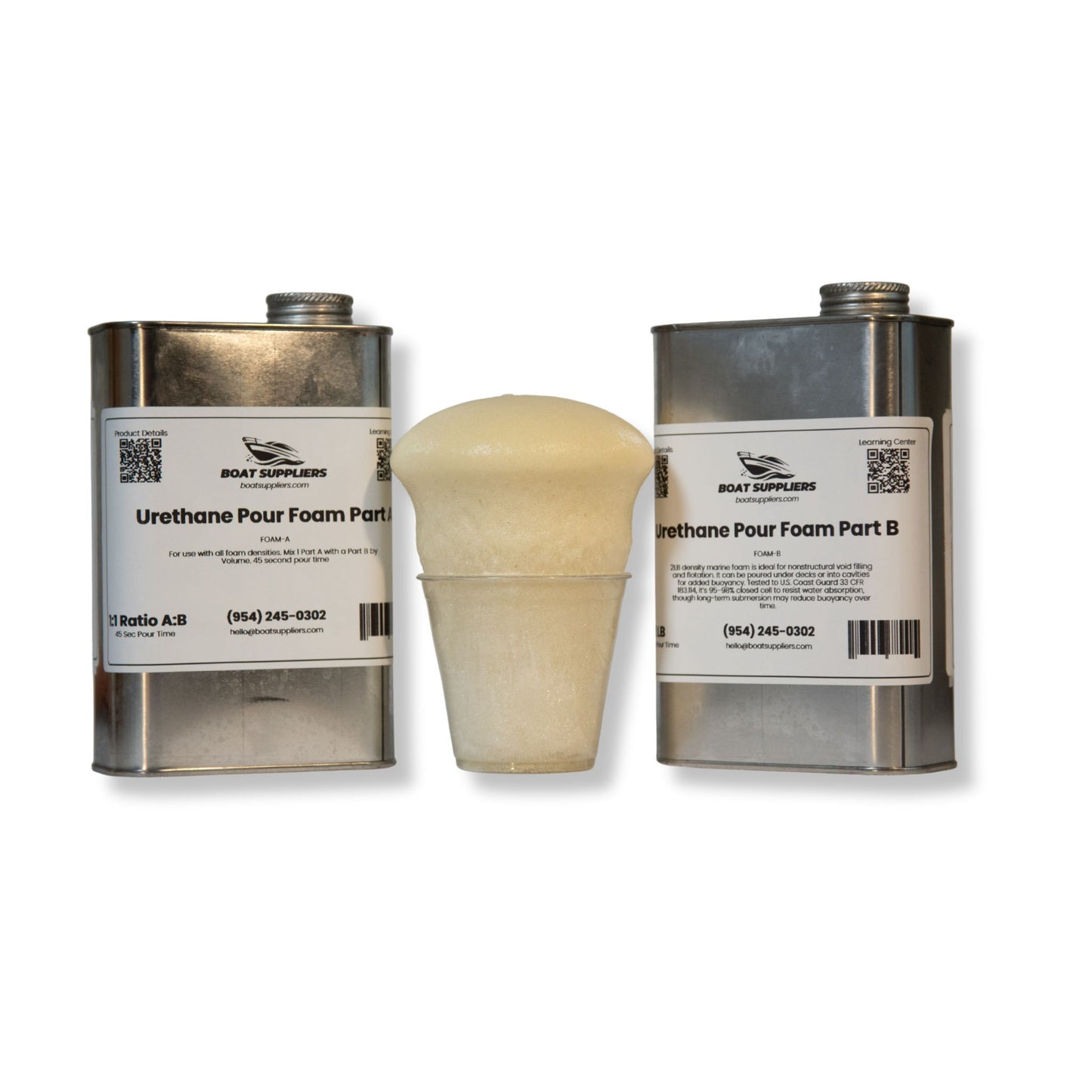
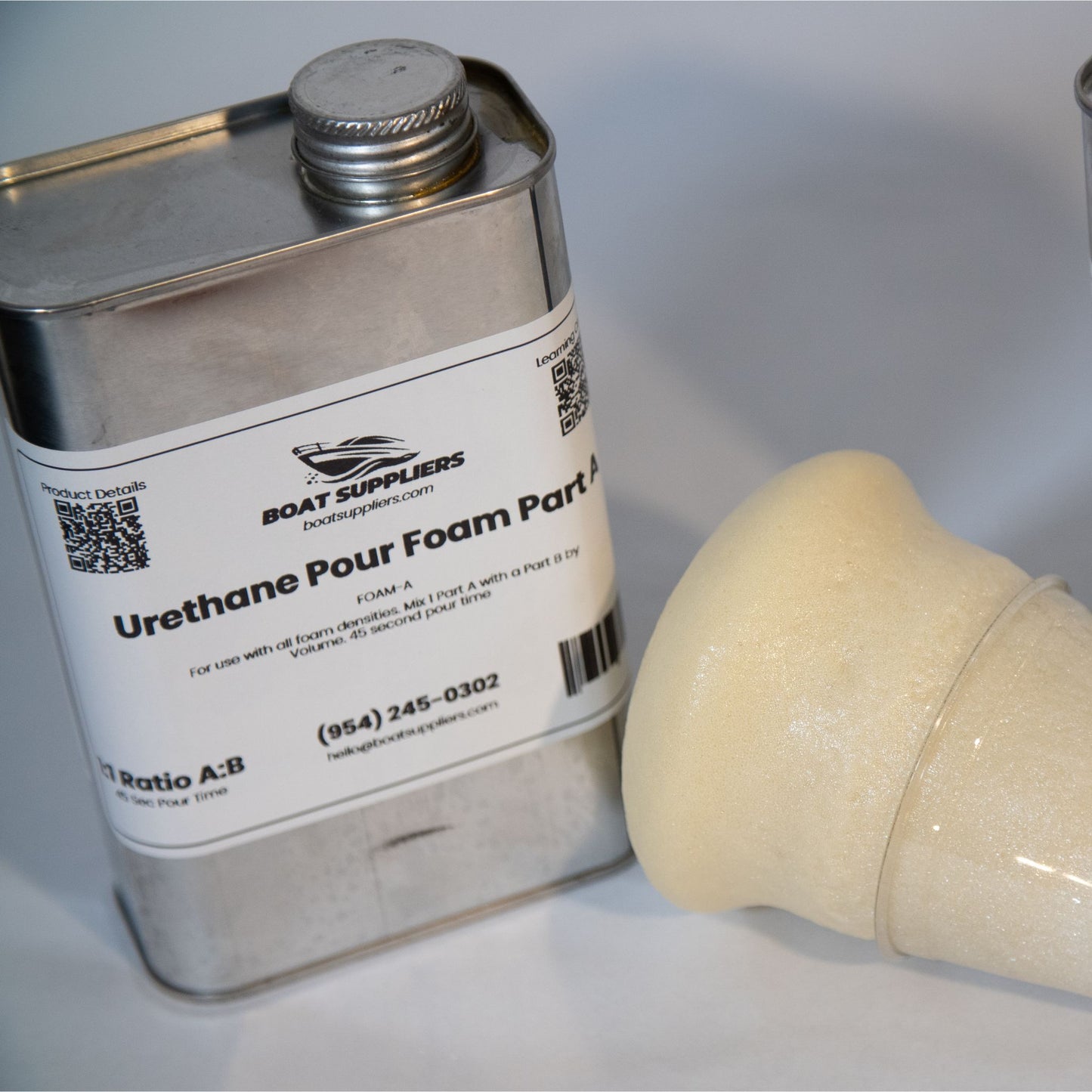
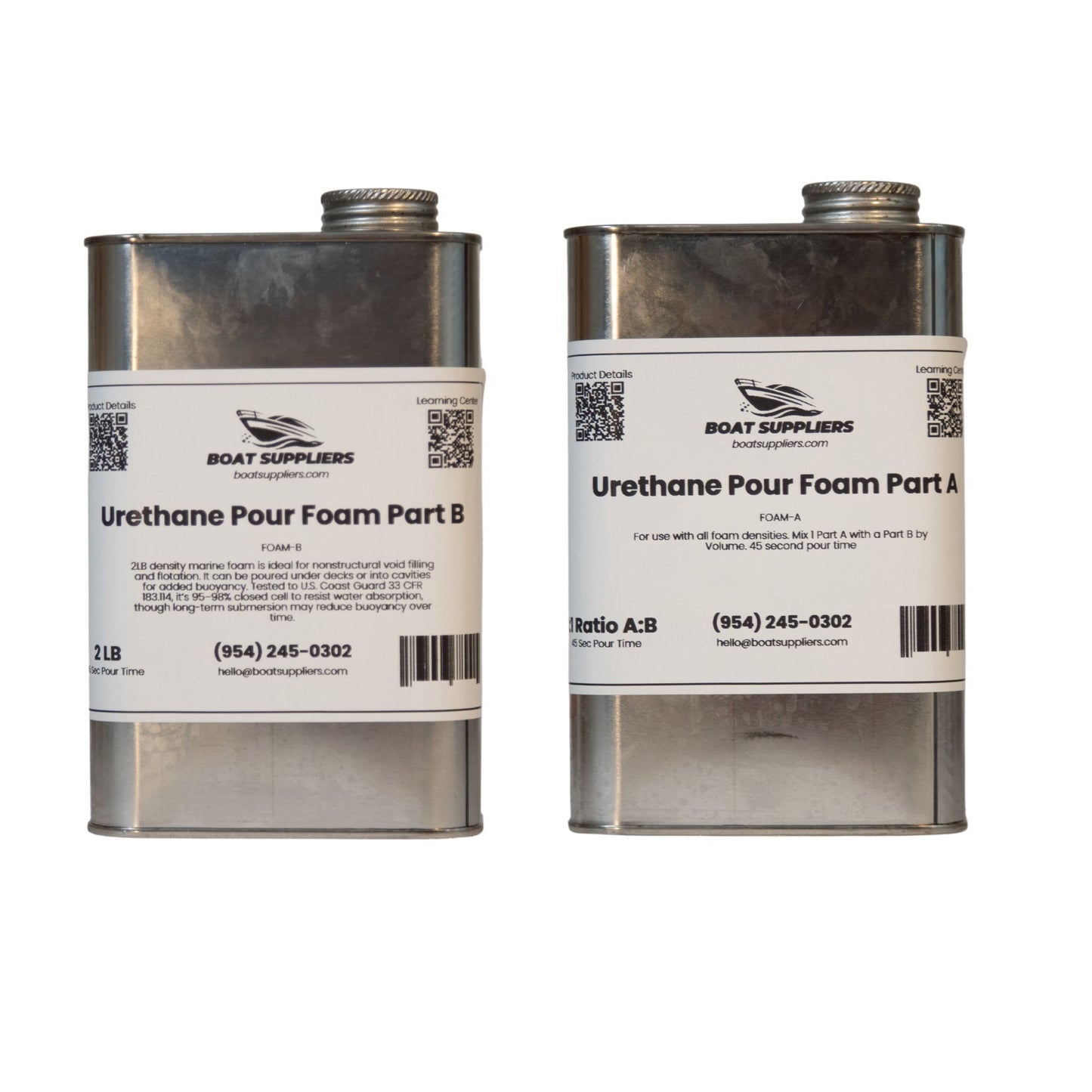
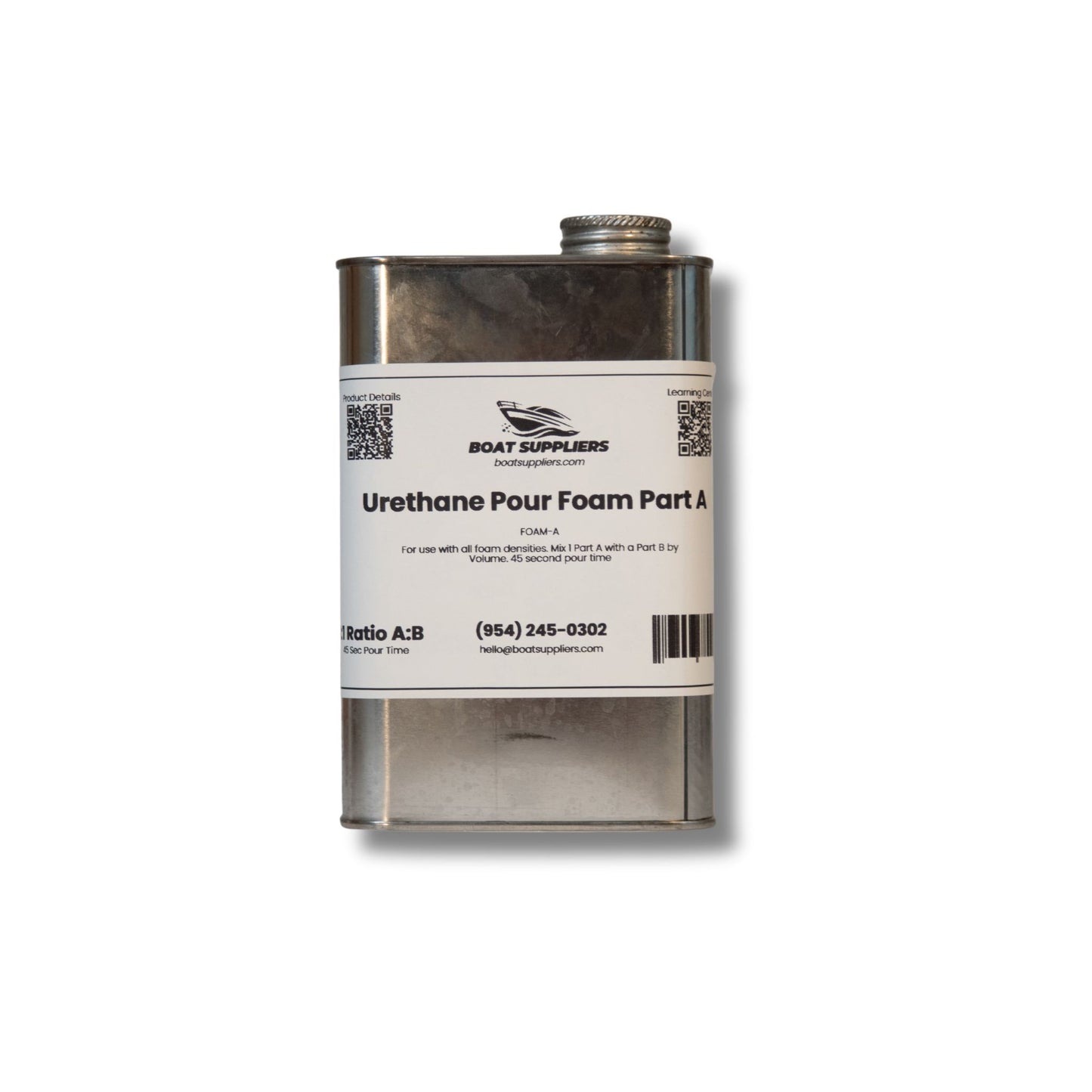
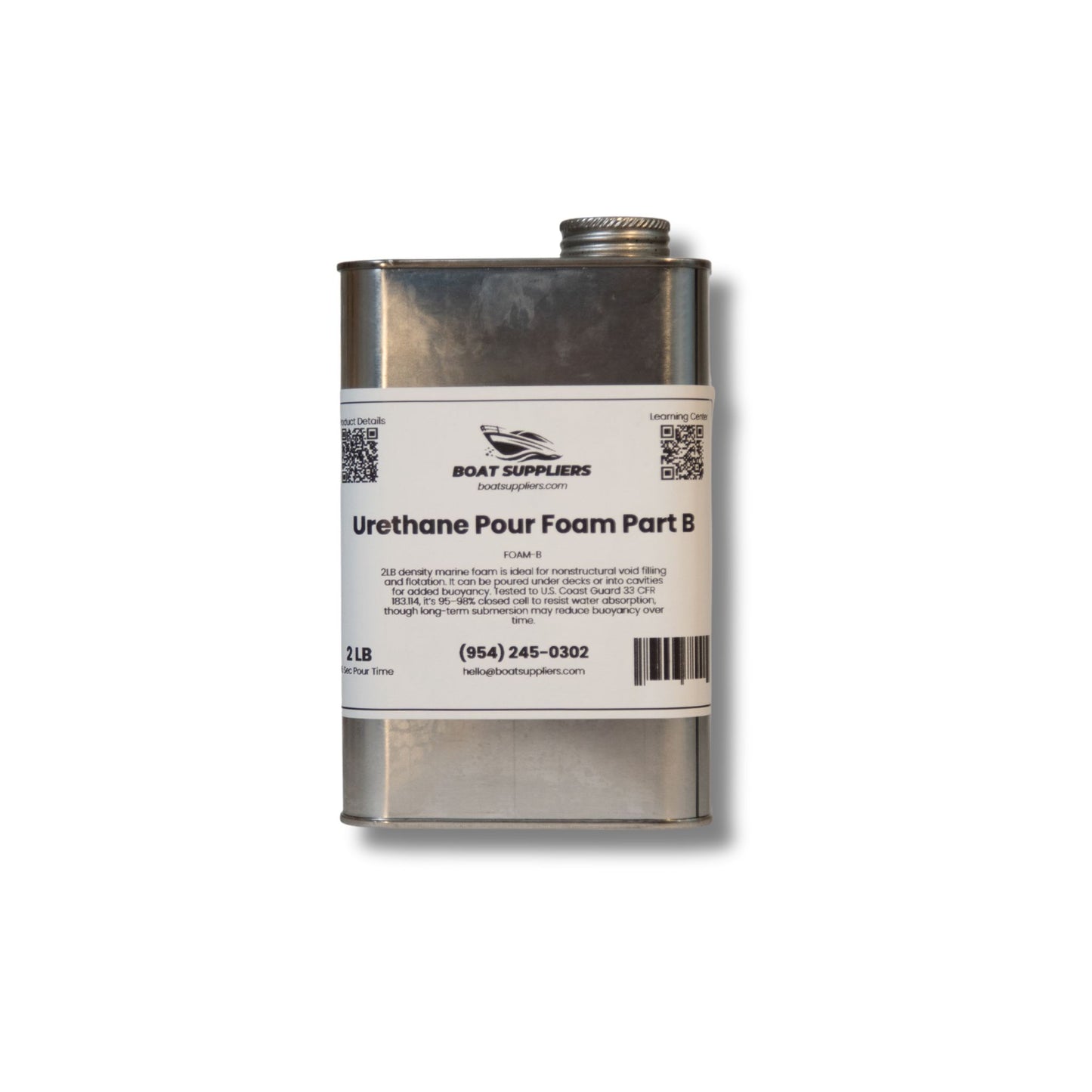
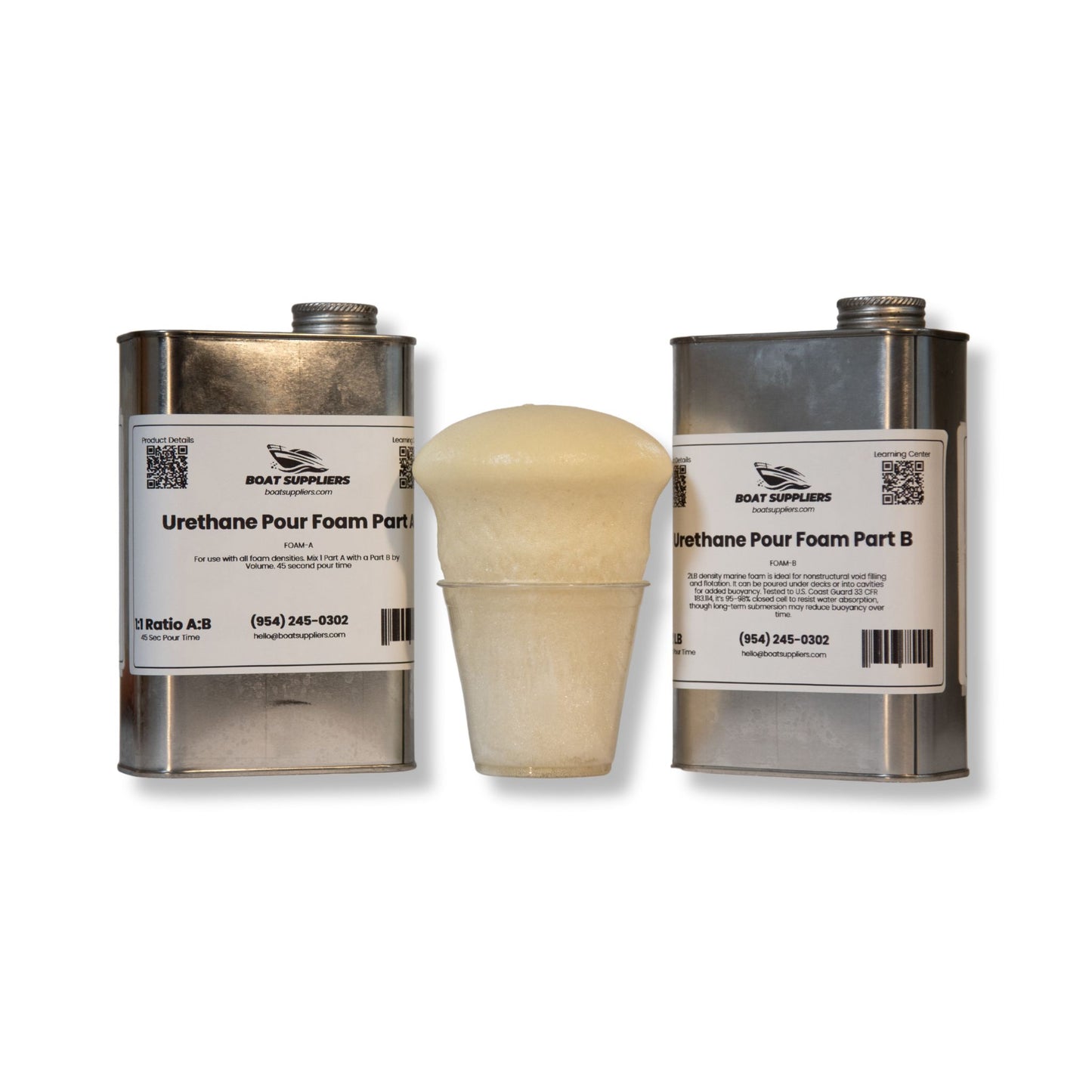
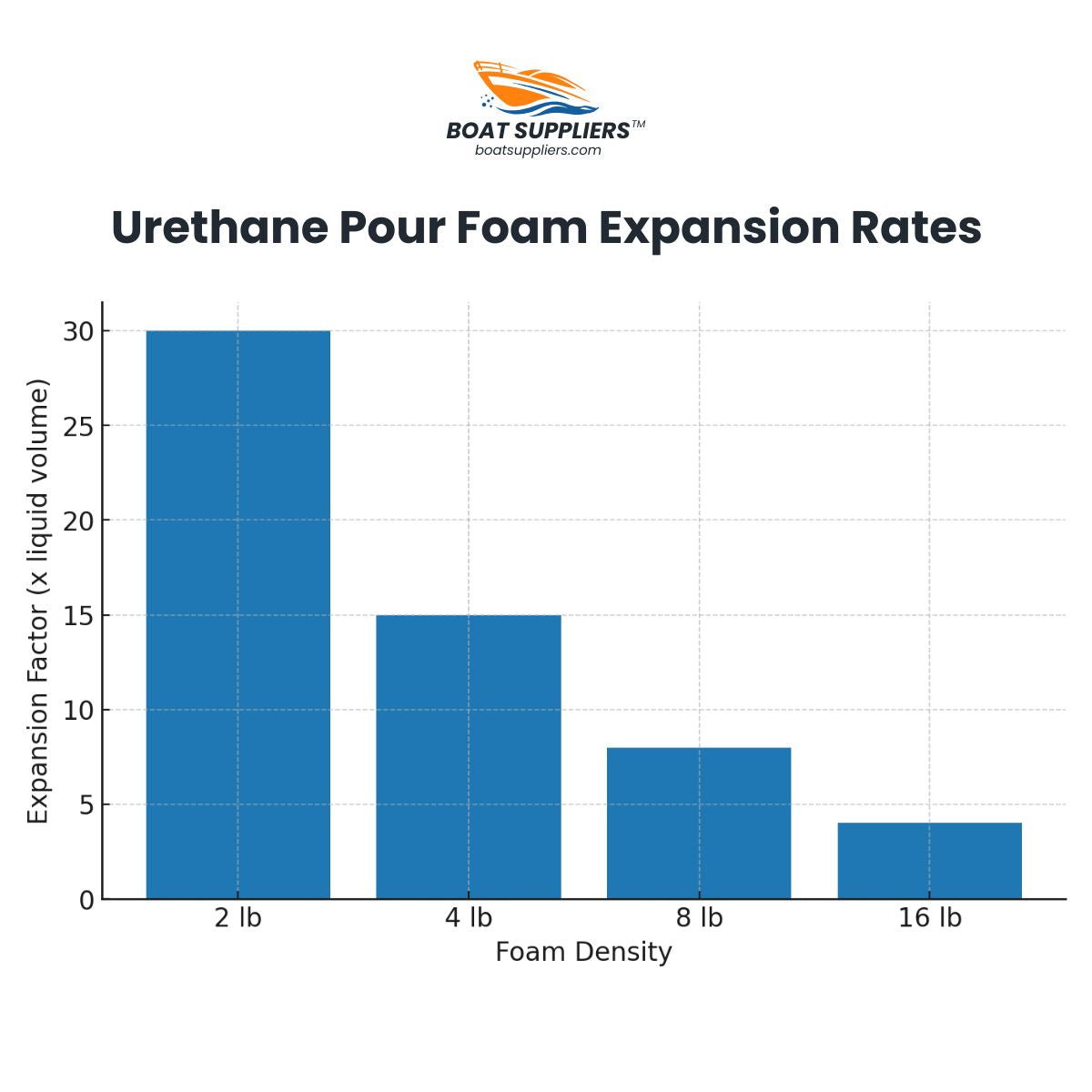
Calculadora de epoxi
Calcule la cantidad correcta de epoxi con nuestra calculadora de resina epoxi. Obtenga presupuestos precisos para proyectos de construcción, reparación y recubrimiento de embarcaciones y garantice una aplicación sin problemas.
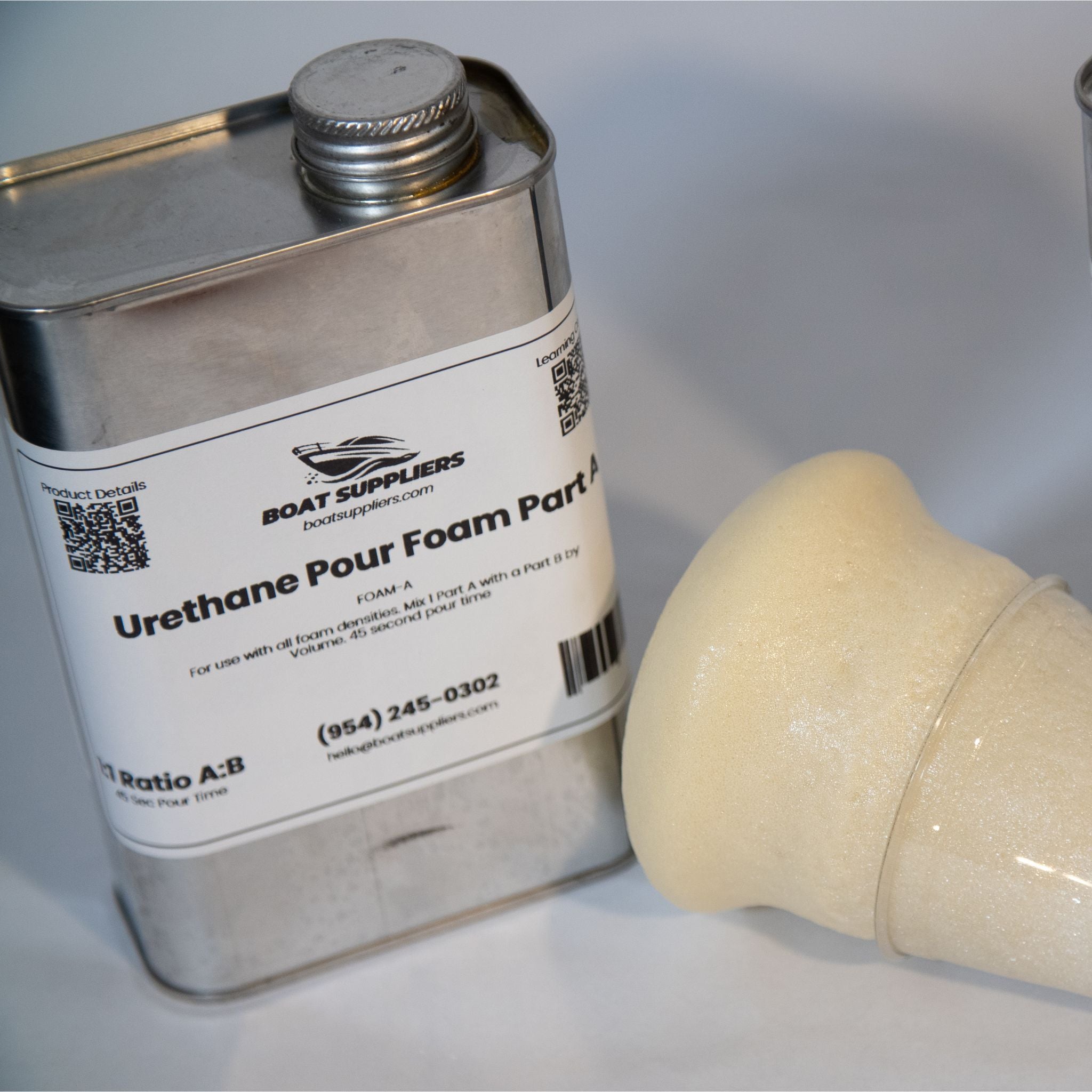

¿Tienes una cuenta?
Inicia sesión para finalizar tus compras con mayor rapidez.







Calcule la cantidad correcta de epoxi con nuestra calculadora de resina epoxi. Obtenga presupuestos precisos para proyectos de construcción, reparación y recubrimiento de embarcaciones y garantice una aplicación sin problemas.
